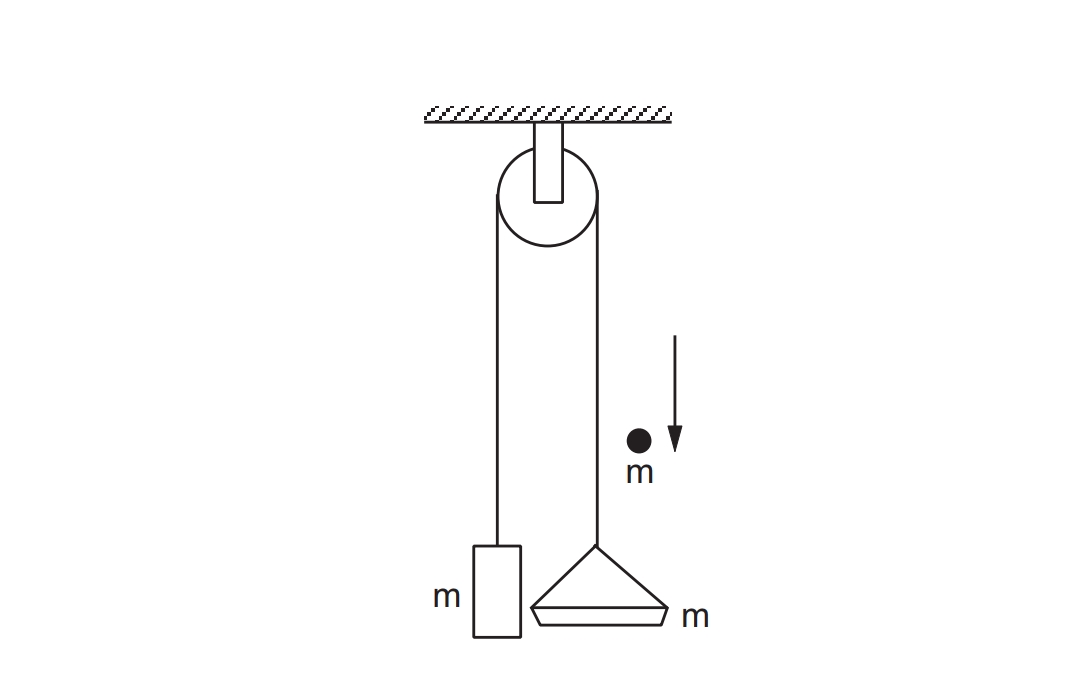
But what is the relationship between impulse and momentum? When a force operates on an item for a brief period of time, the measure of how much the force modifies the item’s momentum is called impulse. The formula for the momentum of any object is given as:įurthermore, momentum is a vector that equals the product of velocity vector and mass. The body’s velocity varies as force works on it for a specific period of time, and therefore the body’s momentum changes. As a result, a greater amount of power is necessary, as well as a significant length of time to bring the body to a complete stop. The more momentum there is, the more it is difficult to halt. Because a body with momentum cannot be halted, it is necessary to exert a force against its direction of motion for a certain amount of time. When a pundit states that a player has momentum, it signifies that the person is genuinely moving and that stopping him or her is extremely tough. In athletics, the term “momentum” is frequently used. In addition, if the object’s velocity varies, the momentum changes as well. A force can influence an object’s velocity in either direction. Moreover, a huge, slow-moving item has significant momentum, as does a tiny, fast-moving item. It also serves as a gauge for how difficult it is to bring an item to a halt.įurthermore, a stable or motionless object has no or zero motion. The term “momentum” relates to the strength of something.

As a result, what is impulse, and what does it have to do with these situations? We must first discuss the idea of momentum before we can consider impulse. We have kicked a ball, punched a punching bag, and participated in sports using any type of ball in our daily lives in all of these activities, we employ impulse without realizing it.

Class 11 NCERT Solutions - Chapter 3 Trigonometric Function - Exercise 3.1.Augmented Assignment Operators in Python.Importance of Chemistry in Everyday Life.Class 11 NCERT Solutions - Chapter 7 Permutations And Combinations - Exercise 7.1.Difference Between Mean, Median, and Mode with Examples.What is the Difference between Interactive and Script Mode in Python Programming?.ISRO CS Syllabus for Scientist/Engineer Exam.ISRO CS Original Papers and Official Keys.GATE CS Original Papers and Official Keys.Support Reactions - Equilibrium - Static equilibrium is achieved when the resultant force and resultant moment equals to zero.Rolling Resistance - Rolling friction and rolling resistance.Projectile Range - Calculate the range of a projectile - a motion in two dimensions.Kinetic Energy - Energy possessed by an object's motion is kinetic energy.Jet Propulsion - Calculate the propulsive discharge force or thrust induced by an incompressible jet flow.Impact Force - Impact forces acting on falling objects hitting the ground, cars crashing and similar cases.Formulas of Motion - Linear and Circular - Linear and angular (rotation) acceleration, velocity, speed and distance.Force Ratio - The force ratio is the load force versus the effort force.


Conservation of Momentum - The momentum of a body is the product of its mass and velocity - recoil calculator.Car - Required Power and Torque - Power, torque, efficiency and wheel force acting on a car.Angular Motion - Power and Torque - Angular velocity and acceleration vs.Mechanics - Forces, acceleration, displacement, vectors, motion, momentum, energy of objects and more.Dynamics - Motion - velocity and acceleration, forces and torque.Then the velocity of the car after 10 s can be calculated as The impulse - or change in momentum - can be calculated I = impulse (N s) Example - resulting Velocity after an Acting ForceĪ force 1000 N is acting on a car with mass 1000 kg in 10 second. The impulse is equal to the change of momentum caused by the impulsive force and can be expressed as The product of the impulsive force and the time it acts is called the impulse. (1) can alternatively be expressed asĬhange in momentum is force times acting time.įorces that act for a very short time are called impulse forces. According to Newton's Second Law of Motion - force can be expressed asĭM = change of momentum (kg m/s, lb ft/s)Įq.


 0 kommentar(er)
0 kommentar(er)
